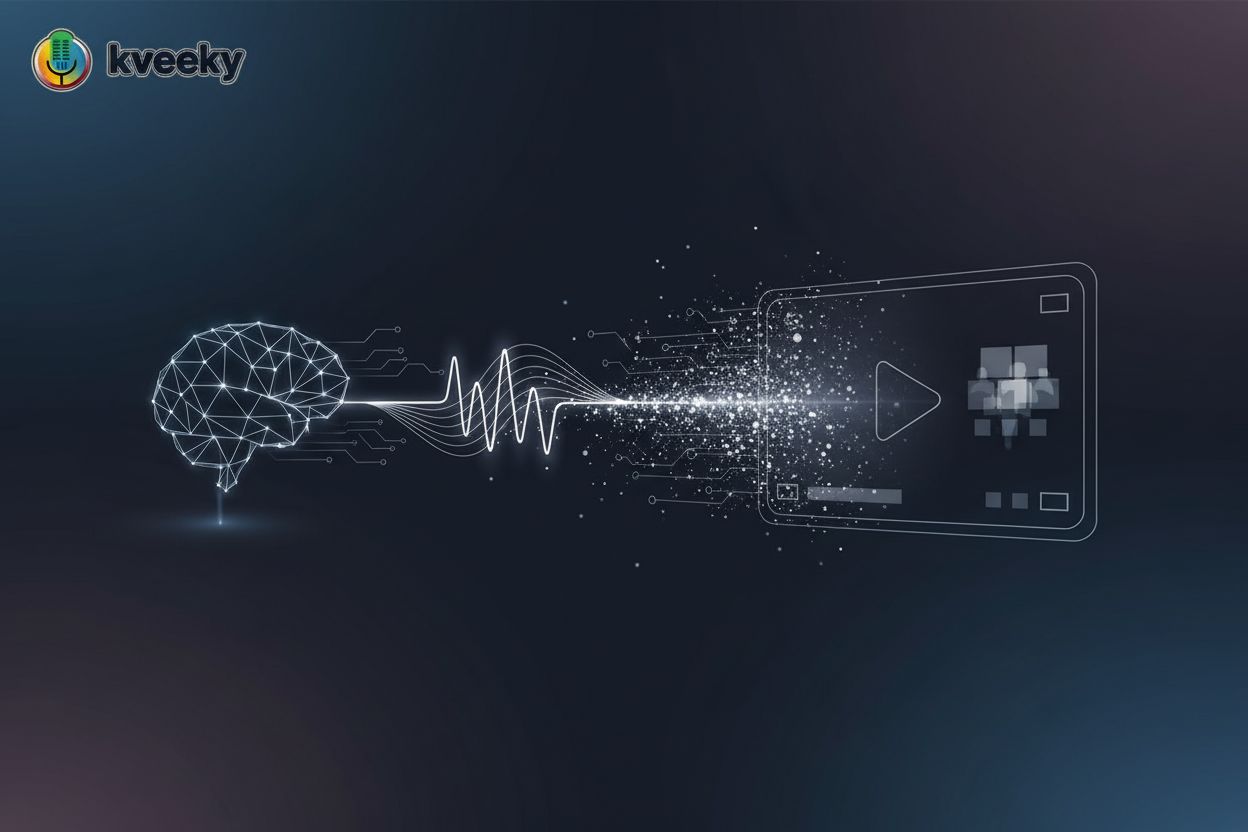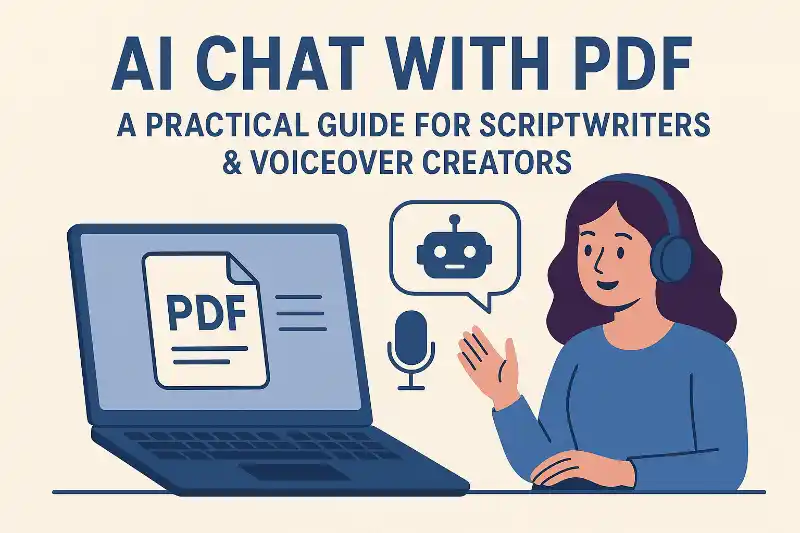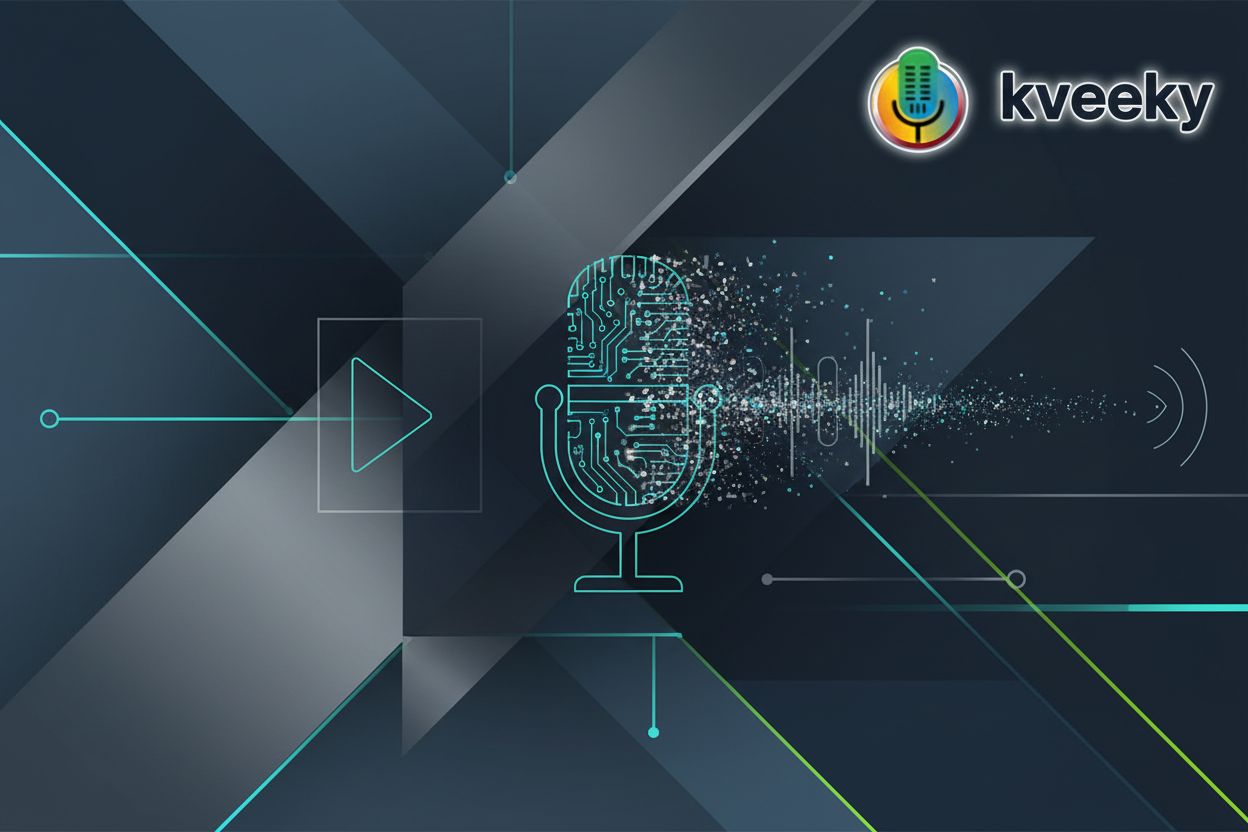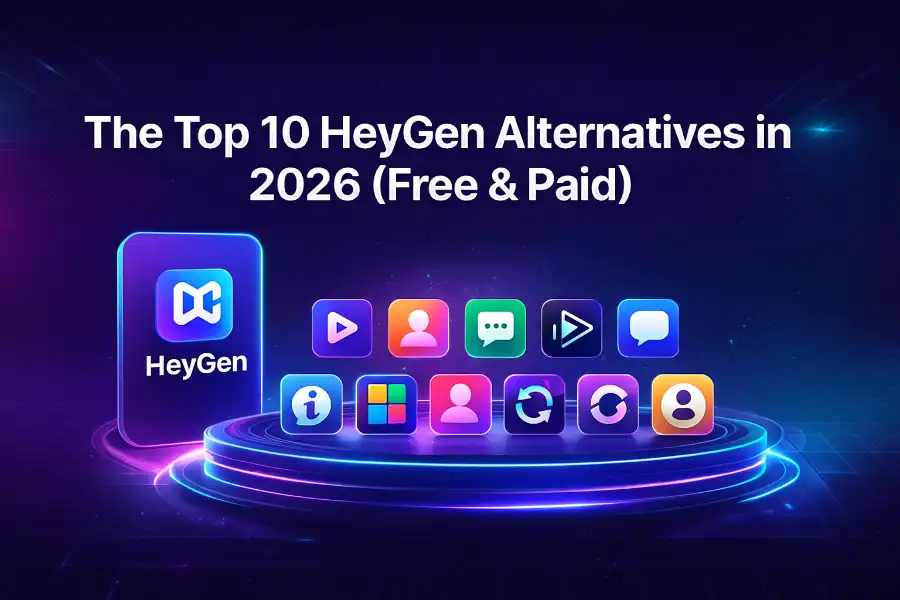Neural Vocoder Architectures for High-Fidelity Speech Synthesis
TL;DR
Introduction to Neural Vocoders and Speech Synthesis
Okay, let's dive into neural vocoders and speech synthesis. Ever wonder how ai can now mimic voices so well it's kinda freaky? Well, a big part of that is thanks to neural vocoders.
- Basically, neural vocoders are like the secret sauce in modern speech synthesis. They take the output from other ai models and turn it into actual, realistic-sounding audio.
- Think of it this way: traditional vocoders were kinda clunky and produced robotic voices (After 8 years, I've managed to figure out what vocoder is ...). Traditional methods like LPC or STRAIGHT, for example, often struggled with naturalness. Neural vocoders, though, use deep learning to create much more natural and expressive speech. It's a total game-changer, especially for ai voiceovers.
- They're making a huge difference. Like, imagine using super realistic ai voices for training videos in healthcare or even creating personalized audio ads in retail.
Speech synthesis is a multi-stage process:
- First, you gotta have text analysis which is understanding what the text means.
- Then comes acoustic modeling, where the ai figures out what sounds to make.
- Finally, vocoding takes that info and generates the actual audio waveform. Neural vocoders rock at this last step.
If you're a video producer, you already know how important audio is.
- Using realistic ai voices can seriously boost audience engagement. Nobody wants to listen to a robot drone on and on.
- High-quality audio also adds to your professionalism and brand image. It just makes you look more legit.
- Plus, it makes your content more accessible to people with disabilities.
So, now that we've covered the basics, let's take a closer look at different types of neural vocoder architectures. We'll cover some of the most prominent ones.
WaveNet and its Impact on Speech Quality
WaveNet was like, totally groundbreaking when it came out. It seriously changed the game for speech synthesis.
- WaveNet uses causal convolutions, which are kinda like looking at only the past to predict the future. This helps the ai generate speech in a natural, flowing way. Plus, it uses dilated convolutions to capture both short-term and long-term dependencies in the audio.
- A big deal was that it set a new standard for speech quality. Like, before WaveNet, ai voices sounded kinda robotic. afterwards, they started sounding way more human.
- It's inspired a lot of new architectures and techniques in the field. People were building on WaveNet's ideas to make even better vocoders.
WaveNet showed what was possible with deep learning for audio. It was a big reason why ai voices started popping up everywhere.
- For example, you might've heard it in early ai assistants or in some of the first ai-powered voiceovers for videos.
- It wasn't perfect, though. WaveNet could be computationally expensive. Meaning, it required a lot of processing power to run in real-time. That lead to the development of things like Parallel WaveNet, which tried to speed things up.
So, while WaveNet was a huge step forward, it had its limitations.
Generative Adversarial Networks (GANs) for Vocoding
Ever heard of ai voices getting into arguments? Well, GANs are kinda like that – but for making better audio.
- Generative Adversarial Networks, or gans, are a clever way to train neural networks. Basically, you have two networks: a generator and a discriminator. The generator tries to create realistic audio, and the discriminator tries to tell the difference between the generated audio and real audio. They compete, pushing each other to improve.
- This adversarial training process is what makes gans so powerful. The generator gets better at creating realistic audio, and the discriminator gets better at spotting fakes. It's a constant feedback loop.
- One of the big benefits? GANs can produce very high-quality speech without needing as much hand-engineering of features. That's a win for anyone trying to get realistic ai voiceovers.
There's a bunch of GAN-based vocoders out there now.
- MelGAN is a popular one known for its efficiency and relatively simple design. Then you've got Parallel WaveGAN, which is all about speed – it can generate audio super fast. And don't forget Multi-Band MelGAN, which processes audio in different frequency bands to get even better quality.
- Performance-wise, they all have their strengths and weaknesses. Some are faster, some sound better, and some are easier to train. Complexity also varies; MelGAN is typically simpler than Multi-Band MelGAN.
- For video production, this means you can pick a vocoder that fits your needs. Need something fast for real-time applications? Parallel WaveGAN might be your jam. Want the best possible audio quality, even if it takes a bit longer? Multi-Band MelGAN could be the way to go.
One potential issues with GANs? training instability, which we'll dive into next.
Flow-Based Vocoders: A Promising Alternative
Flow-based vocoders – are they the next big thing or just another flash in the pan? Well, they're definitely worth a look if you're serious about high-fidelity speech synthesis.
- Flow-based models use something called normalizing flows. Basically, they transform simple probability distributions into more complex ones. This is done using invertible transformations, meaning you can go back and forth between the simple and complex distributions without losing information. Pretty neat huh?
- One of the cool things about these models is that they offer exact likelihood computation. This makes training more stable and predictable, unlike those sometimes-temperamental GANs we talked about earlier.
- Plus, flow-based vocoders can be really fast, potentially offering real-time capabilities. This is a big deal for interactive applications like live voiceovers or ai-powered assistants.
Think about using flow-based vocoders for low-latency voiceovers in gaming. Gamers want immediate responses, and these vocoders can deliver. Or, imagine using them to create super realistic ai voices for virtual reality experiences.
Two popular examples are WaveGlow and FloWaveNet. WaveGlow, for example, combines flow-based networks with insights from WaveNet to achieve impressive speech quality. These models are trained using maximum likelihood estimation, which is a stable and well-understood training method.
Transformer-Based Vocoders: A New Frontier
Transformers, like, aren't just for language anymore, ya know? They're muscling their way into speech synthesis too, and things are getting interesting.
- One of the big things about transformers is self-attention. It lets the ai focus on different parts of the audio sequence to figure out how they relate to each other. This is really useful for capturing those long-range dependencies in speech, like how the beginning of a sentence affects the end. The attention mechanism can weigh the importance of different parts of the input sequence, allowing it to better capture subtle cues related to intonation and emotion.
- Transformers can handle parallel processing, which means they can be way faster than older models like rnns. That's a big win for real-time applications, like ai-powered translation or voice cloning. While flow-based models can also achieve real-time performance, transformers often excel at complex, expressive real-time speech due to their ability to model long-range dependencies efficiently.
Transformers brings a diffrent style to the table.
- They're better at capturing the nuances of speech, like intonation and emotion, which makes the ai voices sound way more natural and expressive. Think about using this for creating more engaging audiobooks or even personalized voice assistants that actually sound like they care.
- Plus, transformers avoid some of the problems with recurrent models, like vanishing gradients, which can make it hard to train really deep networks.
So, what does this mean for the future of vocoding? Well, it looks like transformers are here to stay.
Evaluating and Comparing Neural Vocoders
So, you've got a cool ai voice, but how do you really know if it's any good? Turns out, there's ways to measure that.
- MOS (Mean Opinion Score) and PESQ (Perceptual Evaluation of Speech Quality) are two big ones. MOS is basically asking people how good the audio sounds on a scale. PESQ, on the other hand, uses an algorithm to predict the perceived quality.
- There's also other metrics like STOI (Short-Time Objective Intelligibility) which focuses on how understandable the speech is.
- Knowing how to read these scores is important. Higher MOS scores are better, and PESQ scores usually range from -0.5 to 4.5, with higher scores meaning better quality. For example, a MOS score of 4.0 or above is generally considered very good, while a PESQ score above 3.5 often indicates high quality.
Conducting Listening Tests
Don't forget about good old human ears, though! Listening tests are super important for truly evaluating speech quality.
- Methodology: The most common method is to present listeners with audio samples and ask them to rate the quality on a scale (like the MOS scale). You can compare different vocoders, or compare synthesized speech to real human speech.
- Participant Selection: It's best to have a diverse group of listeners, ideally native speakers of the language being synthesized. Avoid using only people who work in the field, as they might have different expectations.
- Potential Biases: Be aware of biases. Listeners might prefer certain voices or accents, or they might be influenced by the context in which they hear the audio. Randomizing the order of samples can help mitigate some of these issues.
Future Trends and Challenges in Neural Vocoders
Okay, so where are neural vocoders headed, and what kinda challenges are we gonna face along the way? It's not all smooth sailing, but the future's looking pretty darn cool.
Getting ai to nail prosody and intonation is a big deal. It's what makes speech sound natural and not, well, robotic. Think about call centers – imagine ai that can adjust it's tone based on the customer's mood.
Then there's modeling emotions and speaking styles. Can ai sound sad, happy, or sarcastic? Getting there could revolutionize areas like ai therapy or even personalized fitness coaching.
Personalized voice cloning and customization is also on the rise. Imagine creating a voice that sounds just like you for your youtube videos, or even restoring the voice of someone who's lost it due to illness.
The rise of deepfakes and voice manipulation is a serious concern. We gotta figure out how to detect fake audio and protect people from malicious use. Current detection methods often involve analyzing subtle acoustic artifacts, inconsistencies in spectral patterns, or using machine learning models trained on large datasets of real and fake audio. This is crucial for journalism and preventing fraud in financial services.
Data privacy and consent are also huge. Who owns the ai voice, and what can it be used for? Clear guidelines are needed, especially in healthcare, where patient data is super sensitive. Potential solutions include robust consent frameworks, clear licensing agreements for voice data, and anonymization techniques.
We need to focus on responsible use of ai voice technology across the board. That means being transparent about how ai voices are created and used, and making sure everyone benefits from the technology.
So, yeah, neural vocoders are getting really good, really fast. But with that comes responsibility. Making sure we use this tech ethically and for good is key to unlocking its full potential.










